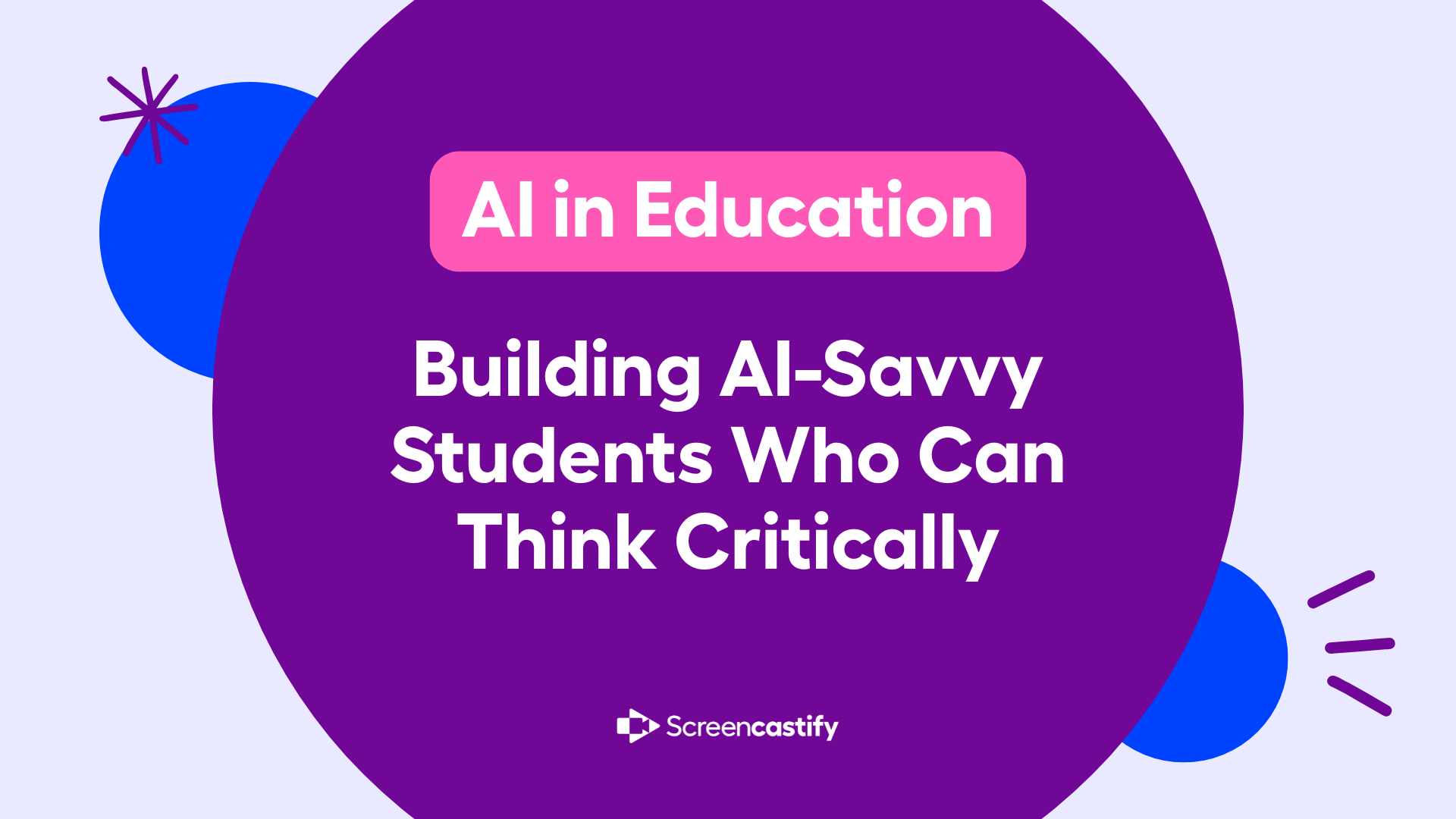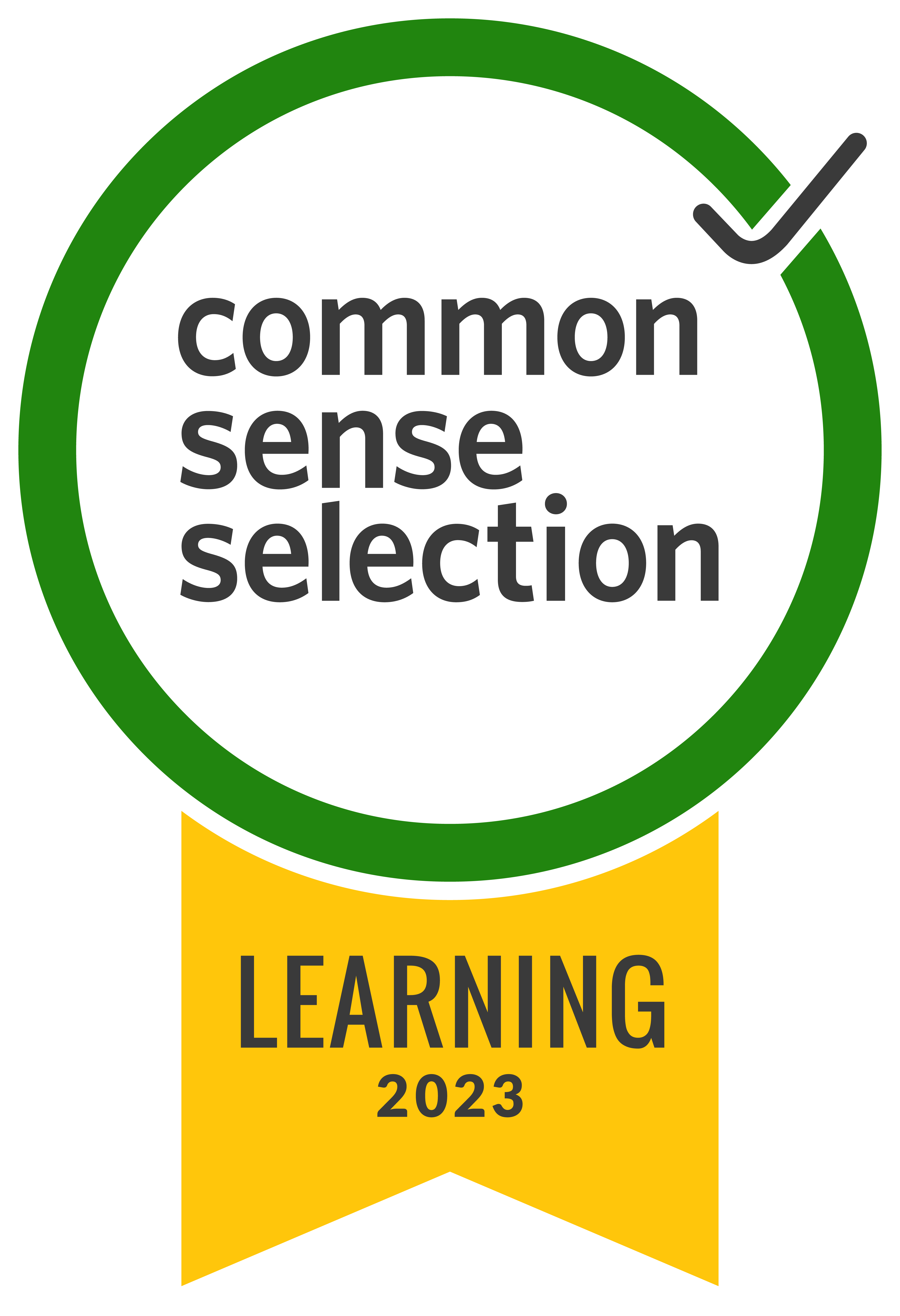As AI becomes integrated into everyday tools and learning platforms, students need more than technical proficiency. They need the ability to question what AI produces, understand its limitations, and make thoughtful decisions about when and how to use it effectively.
Without these critical thinking skills, AI risks becoming a shortcut for getting quick answers instead of a catalyst for deeper learning. Students may accept AI outputs at face value, missing opportunities to engage with complex problems and develop genuine understanding.
Critical thinking transforms AI from a mysterious black box into a transparent, examinable tool that students can evaluate and improve upon. Here are 5 strategies you can use to build those critical thinking skills.
1. Compare Outputs from Different Tools
Assign students identical prompts across multiple AI platforms—ChatGPT and Claude, or built-in AI features in tools like Screencastify's quiz generator. Have them analyze tone, completeness, factual accuracy, and usefulness. This reinforces that AI results aren't universal "truth" but outputs shaped by different algorithms and training data.
2. Teach Fact-Checking as Default Practice
Make verification a non-negotiable step: any AI-generated fact must be confirmed using reliable, human-reviewed sources. This builds habits that transfer to all digital research, not just AI interactions.
3. Practice Bias Detection
Guide students to identify potential cultural, gender, or political biases in AI-generated content. Discuss why these biases exist (training data reflects societal biases) and their potential impact on audiences. Compare how AI describes historical events from different perspectives or examine AI-generated images for demographic representation.
4. Model Responsible AI Use
When preparing lessons, demonstrate your AI workflow. Show how you might use AI to draft quiz questions in Screencastify, then walk students through your review and revision process. Make your thinking visible: "I'm checking this fact because..." This helps students understand that using AI doesn't eliminate the need for human judgment.
5. Incorporate Reflective Activities
Have students maintain an AI reflection log documenting which tools they used, what worked well, what didn't, how they verified outputs, and how they might approach similar tasks differently. Regular reflection builds awareness of their own learning patterns.
The Bottom Line
Teaching AI literacy without critical thinking is like teaching writing without editing. By embedding these skills into classroom activities, educators prepare students for an AI-powered world where skepticism and analysis are essential life competencies.
When students learn to think critically about AI, they become more discerning consumers of information, better collaborators with technology, and more confident learners who understand that their most powerful tool is their own thoughtful judgment.
.svg)








